Review Summary
Expert Rating
OnePlus has been upping its smartphone game year-on-year, and at the same time, the brand has also expanded its portfolio of products. While the definition of an enthusiast brand differs across users, the OnePlus of before certainly fit the flagship killer tagline. The brand promise seemed clear: to provide the best possible Android experience at a price that would appease the consumers. The beginning of the brand’s move away from its affordable flagship roots possibly began with the launch of the OnePlus 7 Pro, nearly two years back. Now with the OnePlus 9 series that has just been announced, it’s evident that the company is after the big guns and if you want a OnePlus flagship experience, you need to shell out a fair bit.
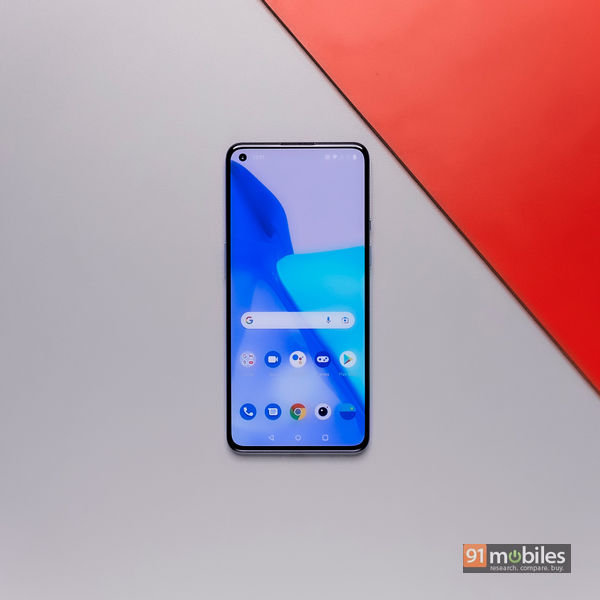
There are two flagship phones under the new lineup, which come in the form of the OnePlus 9 and the OnePlus 9 Pro. The latter is the OEM’s most feature-packed phone to date. This review focuses on the more affordable of the two options, the OnePlus 9, which still packs in a punch. In my previous experience with OnePlus phones, the part which bugged me the most was the not-so-amazing photo-taking capabilities when compared to other flagship phones. Now the Chinese smartphone giant has partnered with Swedish optics company Hasselblad, known for having placed its cameras on the Apollo missions that landed on the Moon, apart from its iconic, high-end cameras. The Hasselblad partnership finds its way to both the OnePlus 9 and the 9 Pro. Just how good is this new partnership and will it bring about the change in camera performance that OnePlus needs to name itself amongst the best camera phones out there? Let’s take a deeper look.
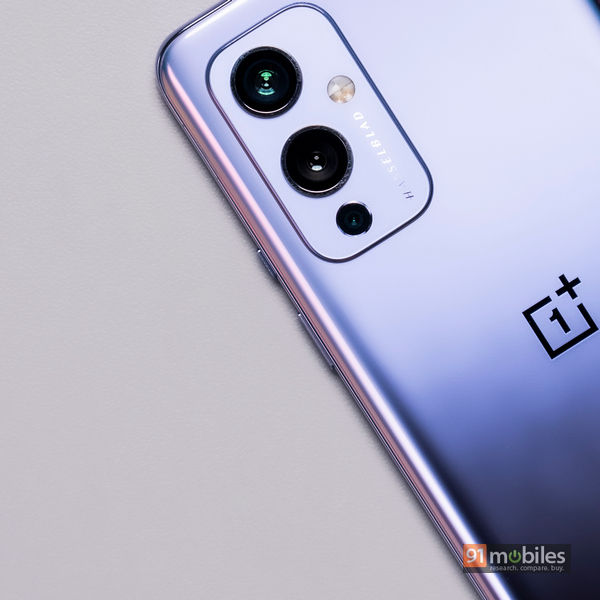
Table of Contents
Verdict
The OnePlus 9 delivers in almost all aspects of a flagship smartphone experience which includes performance, camera, battery, and display. What bugs me is the pricing of the OnePlus 9. The phone lacks some true-blue flagship features like an official IP-rating and wireless charging. The Hasselblad partnership might not have borne the fruit I was expecting, as the new Sony sensors already take care of most photography improvements. I think the OnePlus 9 could have been a perfect budget killer if it had been priced better, but it does seem it’s priced on the higher side given it lacks some flagship features like an IP rating and wireless charging.
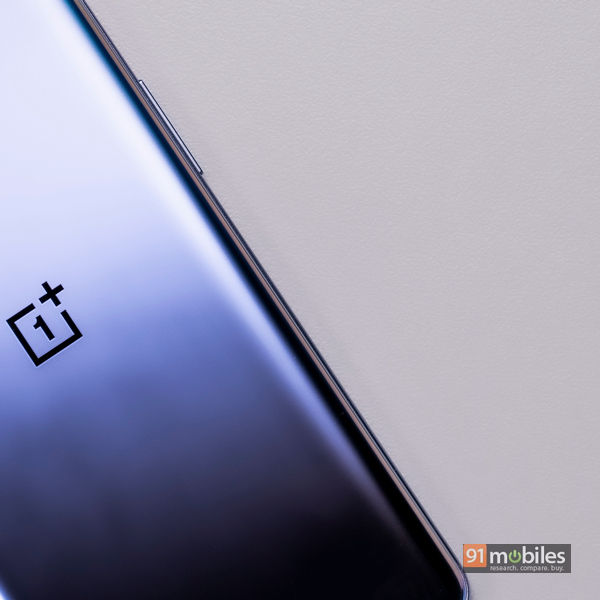
Cameras
Let me just preface by saying that the OnePlus 9 has the best optics, or at least the best picture quality I’ve seen on any non-Pro OnePlus phone to date. The problem is that this is not a very high bar to clear and every new phone from the company does improve photo capturing capabilities, regardless of a partnership with a known camera maker. It’s hard to say to what extent Hassleblad’s expertise, the Snapdragon 888’s ISP and OnePlus’ own computational photography play a part in the final picture quality. OnePlus does say that Hasselblad has worked on providing “color expertise” and “Hasselblad-level sensor calibration” to the cameras. Regardless, after extensively using the OnePlus 9, I can say that it does not take better photos than say the Galaxy S21 (review) or the iPhone 12 (review). At best, photos shot in daylight using the OnePlus 9 are at par with those captured using the above-mentioned phones.
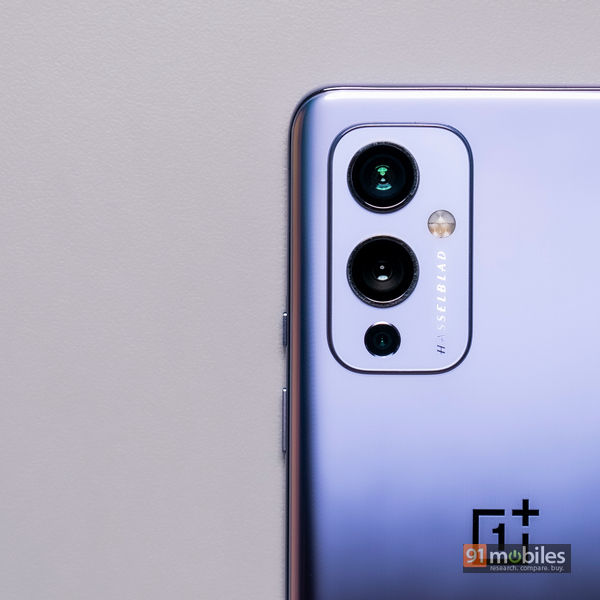
The OnePlus 9 makes use of a triple-camera that has a custom Sony IMX689 48MP primary wide-angle shooter, a 50MP Sony IMX766 ultra-wide-angle lens with macro capabilities, and a 2MP monochrome camera. Let’s get the brass tacks out of the way: it can shoot lovely-looking photos in good daylight conditions. This is mostly a given when you are paying almost 50k for a phone. Colour reproduction is very much on par with current flagship standards and I found the detailing in even the smallest objects better than the OnePlus 8 Pro (review) from last year. Dynamic range is on point but I did sometimes had to manually tone down the exposure to get an accurate representation of a bright sky. Shadows are brought out prominently in underexposed parts of the frame and oversharpening is very minimal. There is post-processing after the shutter clicks but in most cases, that just fine-tunes tiny details. There are times when pictures appear overtly bright with hints of mismatched exposure calibration here and there. With speedy focusing times and instant shutter speeds, shooting fast-moving shots is not going to be a problem.
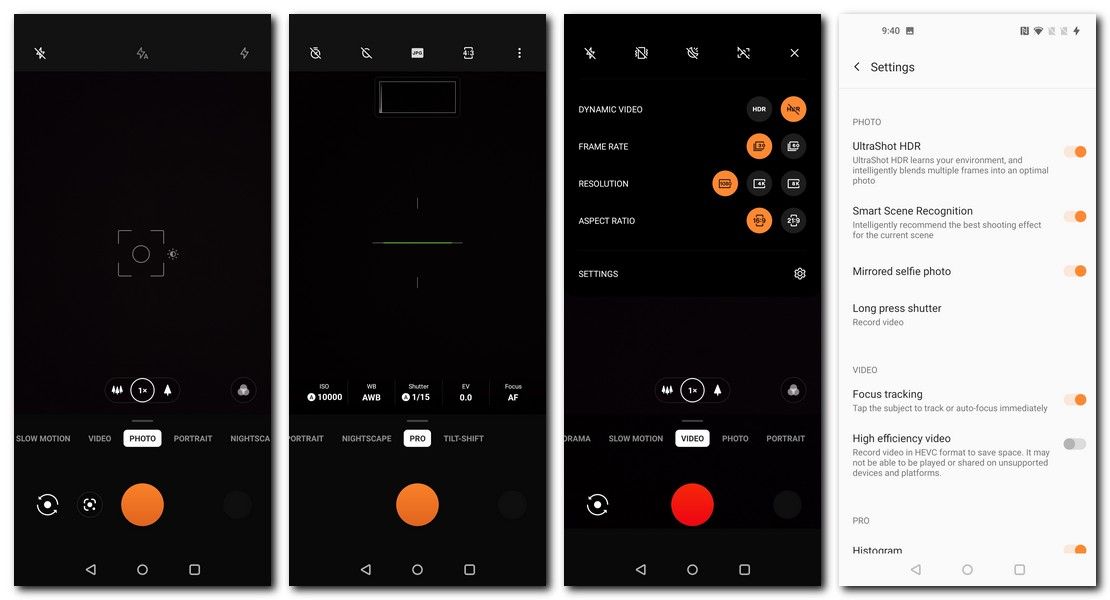
Among other noteworthy features is the Tilt-Shift mode that makes objects appear as miniatures. It is a fun addition to play around with, but the novelty wears out after a while. The primary shooter is also capable of capturing 12-bit RAW images that give photo editors a wide berth for fine-tuning details in post-processing. The ‘Pro’ mode has been rebranded as “Hasselblad Pro Mode” but the functionality remains the same. You can manually adjust ISO levels, White Balance, Shutter Speeds, and Focus, among other aspects. Basically, you won’t come back disappointed with the cameras when the outdoor lighting is good.
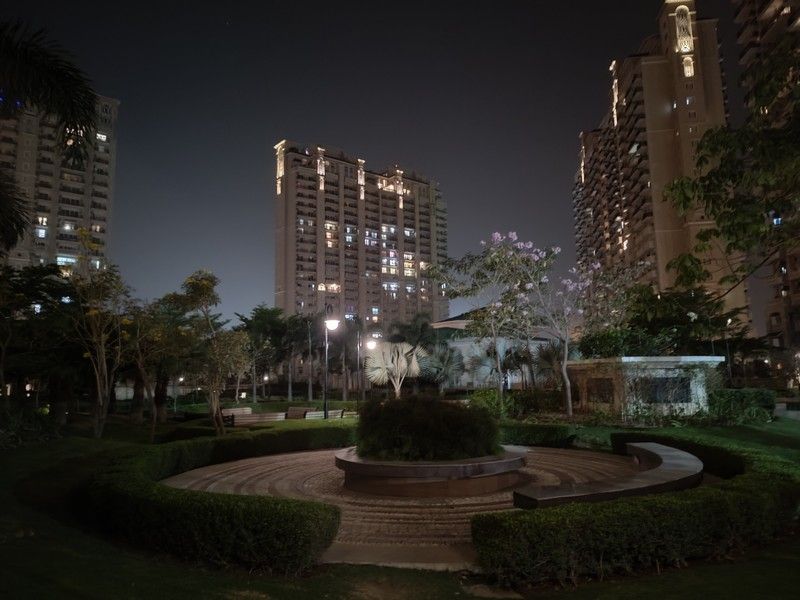
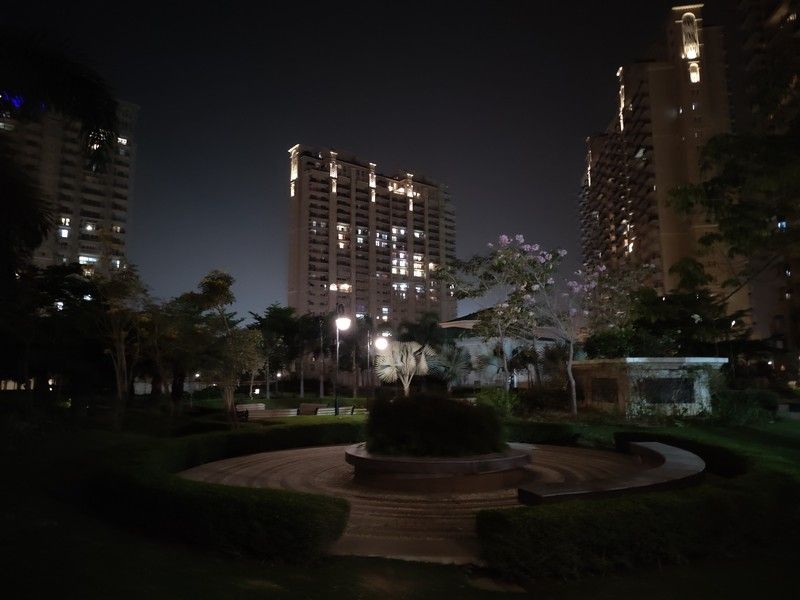
You also get a very capable and high-resolution ultra-wide-angle lens as well, offering a 119-degree field of view. OnePlus claims an edge distortion to the tune of 1 percent rather than the traditional 10-20 percent on most cameras. This is visible in the photos and sometimes I do prefer ultra-wide shots to the regular wide shots that the primary sensor can take. Largely the focus is sharp and is evenly spread out across the whole frame. Colours give a more real-life representation than I had expected and the sensor handles exposure just fine. Last year’s OnePlus 8 Pro clicks slightly better ultra-wide shots in terms of overall detail, but as a personal preference, I like the OnePlus 9’s ultra-wide better. There is of course the added benefit of the macro sensor on the device as well, which needs you to be up to 4cm close to your object. Shots are decent with good colours and significantly good details. The third lens is a monochrome lens with a 2MP resolution and its usefulness begins and ends with putting a B&W filter over your shots. Portrait mode shots are quite evenly toned and have a soft blur with edge detection being bang on.
While I wouldn’t call night photography a big issue on the OnePlus 9, it does seem a tad inconsistent. A lot depends on how much external lighting is falling on the subject. The focusing is sharp most of the time, but sometimes the sensor has trouble even when I manually tap to focus on the subject. In a few instances, two back-to-back shots of an object in the exact same lighting churned out photos with different exposures. Speaking of which, exposure-wise, the sensor can be hit-or-miss, and in an indoor, dimly lit environment, it is mostly a miss. I also feel that oversharpening of details in favour of good highlights is an issue. When sufficient light is provided you can be treated to some excellent shots… but that can also be said for the Redmi Note 10 Pro Max as well which is a phone costing less than half as much. The dedicated Night Mode helps out only a little with an incredibly still hand required for capturing good details.
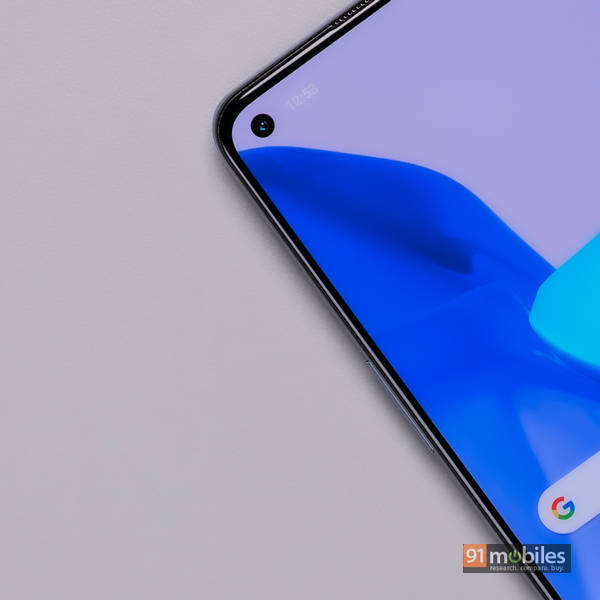
On the front, there is a 16MP Sony IMX471 selfie shooter which has eliminated a lot of facial detail smoothening that was seen in pictures shot using previous OnePlus phones. Matter of fact, selfies shot using the iPhone 12, a phone that probably has the best front-facing camera, in my opinion, turned out near identical. The skin tones were accurate point and even at night, the shots weren’t too shabby. Lastly, the phone can record 8K videos at 30fps while 4K videos can go up to 60fps. For super slow-mo videography, the frame rate jumps up to a maximum of 480fps but only at 720p.
Design and display
The OnePlus 9 does stand out when placed amongst previous phones from the brand. The frosted glass design has been retained offering a somewhat glossy look and also acting as a deterrent to fingerprints. OnePlus says the frame has been made from reinforced polymer fiberglass giving an easier grip and I certainly found that to be the case. Corning has provided a 3D Gorilla Glass at the back for protection but as is always a good habit, you should slap on the translucent silicone case that OnePlus has so generously provided inside the box. The general weight of the device feels quite good in the hand with the company actually shaving off 11g for devices being sold in India and China as compared to the North American and European market. It is also 0.7mm thinner as well, measuring 8.1mm at its thickest part. The overall construction of the device is very robust with no flex across the chassis and has the kind of premium-ness I have come to associate with OnePlus flagships over the years. The triple-camera setup is on the top-left, like the OnePlus 8T (review), though the lenses jut out a lot more and the Hasselblad logo is visible quite clearly in the camera housing. There is no 3.5mm headphone jack on the device and the bottom of the phone has the usual USB-C port, dual-SIM slot, and a speaker grille. The earpiece acts as a secondary speaker for stereo sound. The handy OnePlus alert slider is placed on the side and has the kind of textured finish that makes it instantly recognisable from the tactile power button present below it.
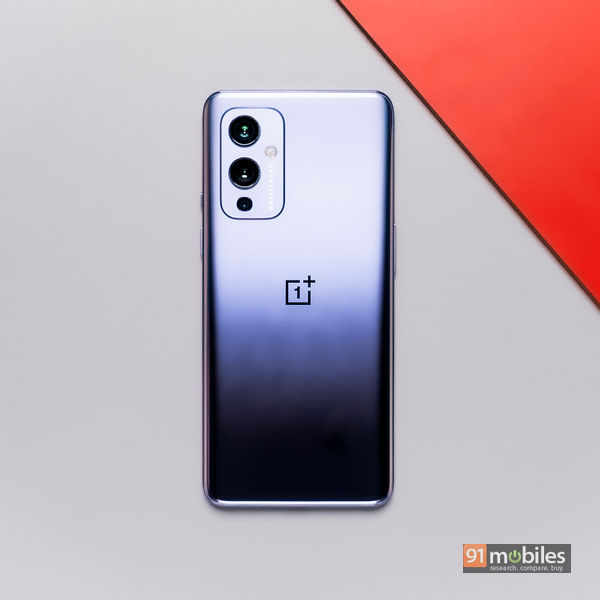
Talking about the front, you get a 6.55-inch AMOLED panel with FHD+ (2,400 x 1,080) resolution and a 20:9 aspect ratio. Like previous OnePlus devices, this time around as well you get a 120Hz panel. However, unlike the Pro model, you don’t get adaptive refresh rate with the OnePlus 9. This basically means that the panel will stay locked at 120Hz and not dynamically switch to a lower refresh rate when required to conserve battery. Even so, I did notice the phone switching to 60Hz automatically when I was browsing YouTube. Apart from that, there is absolutely no stuttering or lag while scrolling through anything on the phone. You also get a flat display which I very much prefer over the curved design opted by some previous OnePlus phones. It helps prevent accidental touches. The selfie shooter is housed in a minuscule punch hole at the top which fades into invisibility after prolonged usage. Other aspects of the OnePlus 9 screen are also quite high-end, including a peak brightness levels of 1100 nits for comfortable outdoor handling, HDR10+ support for high resolution viewing on OTT platforms, and a bevy of display customisation options. The regular Blue light filter to give your eyes a safer nighttime browsing and also the Ink mode for a better ebook reading experience are also present. Also, the automatic brightness control has become a lot more reliable than the haphazard implementation of last year’s OnePlus 8T.
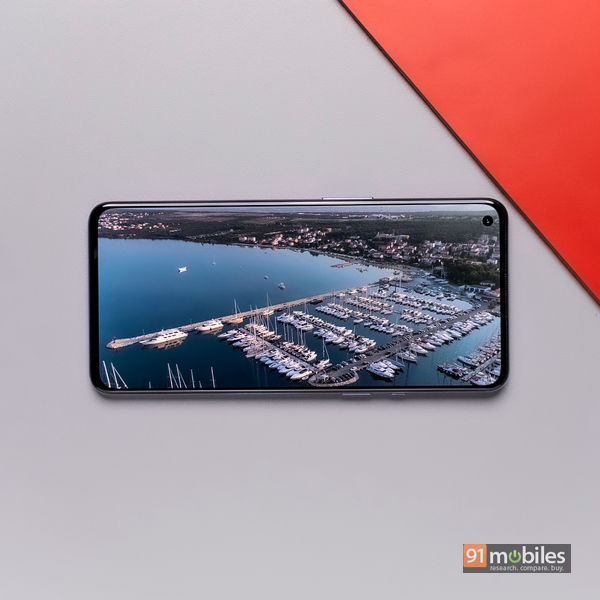
Performance and software
The OnePlus 9 is the first phone in India to come with Qualcomm’s flagship octa-core Snapdragon 888 chipset and the SoC is developed using a 5nm fabrication. It uses a single Cortex X1 core powered by the new Kryo 680 Prime CPU that can be clocked at 2.84GHz, three Cortex A78 cores with Kryo 680 Gold CPUs spinning at 2.42 GHz, and four efficiency Cortex A55 cores with Kryo 680 Silver CPUs. It is no surprise that the OnePlus 9 is amongst the fastest devices in the Android world and it has the benchmark numbers to prove it. On Antutu the phone got a new personal best in all my years of reviewing smartphones with a score of 702,736. It was a similar situation on Geekbench with single-core and multi-core scores of 1093 and 3,401 respectively although the S21 Ultra, powered by the Exynos 2100, did get slightly better scores of 1,107 and 3,536. The point is that the OnePlus 9 can handle any kind of challenging, processing-centric tasks that can be imagined on a smartphone today. I’m not talking about multitasking, running heavy GPU-intensive titles, switching between apps, or simultaneously downloading files on Chrome while browsing on OTT platforms. I’m talking hardcore stuff like 4K video editing or playing around with 10-bit RAW images or playing an 8K video shot from the phone, all of which can be done at zero lag. What I’m saying is that the OnePlus 9 is at the pinnacle of smartphone performance that money can buy, unless you want an iPhone 12 series. The OnePlus 9 also runs quite cool even during extended periods of gaming with the device not even lagging a bit even after about an hour of gaming while at maximum possible settings.
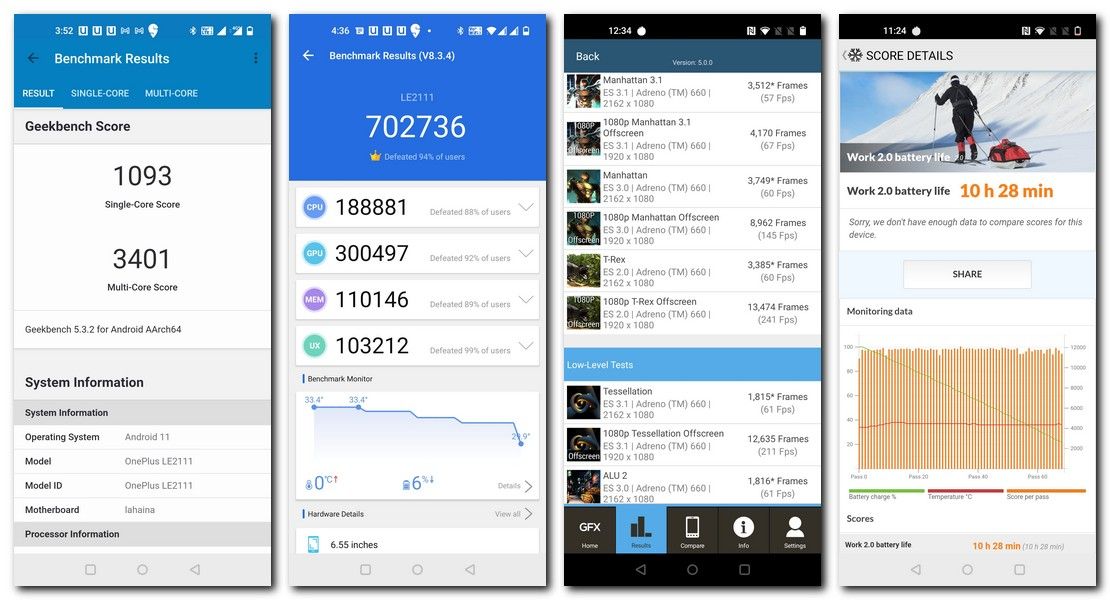
The OnePlus 9 also packs in up to 12GB LPDDR5 RAM with read-write speeds of nearly 6GB/s while the storage needs are taken care of by up to 256GB of UFS 3.1 storage. For wireless connectivity, the phone supports Wi-Fi 6 and Bluetooth 5.2, of which the latter can transmit all popular audio codecs like aptX, aptX HD, LDAC and AAC. Speaking of which, the OnePlus 9 also offers a superlative stereo speaker output that supports Dolby Atmos. Mixed with Qualcomm’s Aqstic platform, OnePlus 9’s speakers make for a very immersive audio experience. Other factors include 5G support, which is good news for the Indian audience since Jio and Airtel are finalising plans for a full-scale roll-out starting sometime this year. Regular 4G/LTE worked exceedingly well on Jio’s Noida and Delhi circle. Finally, you have a snappy in-display fingerprint sensor and an equally capable face authentication mechanism.
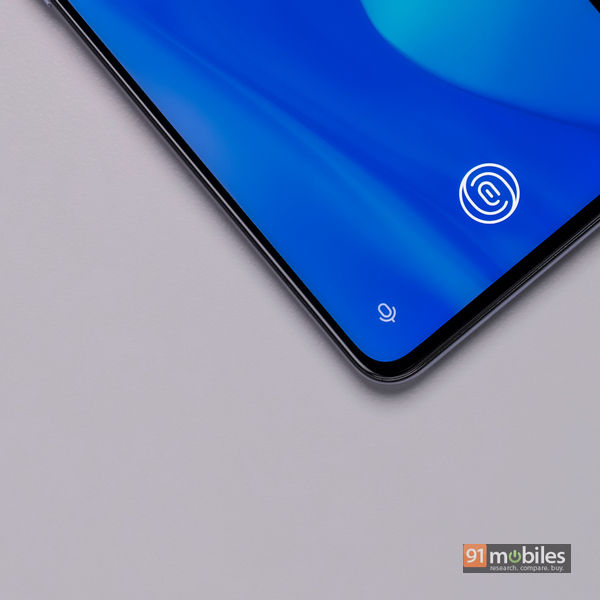
OxygenOS is no longer the stock Android-like skin I used to love, and seems to have become more of a Samsung OneUI clone with the latest updates. The current brand of OxygenOS 11 based on Android 11 is not shabby by any means, and is still one of the smoothest UIs out there. It’s just that OnePlus seems to have lost its signature touch in software that made it so beloved amongst its core fan base. There is now a separate integration of the Google Feed which can be pulled up by swiping down just below the notification strip at the top. A secondary customised one, with widgets, can be opened with a right swipe. The icon packs are good but the lack of theme customisability has me bummed. You can’t even change the Always-on display theme without third-party support. However, I do like the simplistic approach to the widget tools, in that they are simple enough to put anywhere on the screen with a couple of taps.
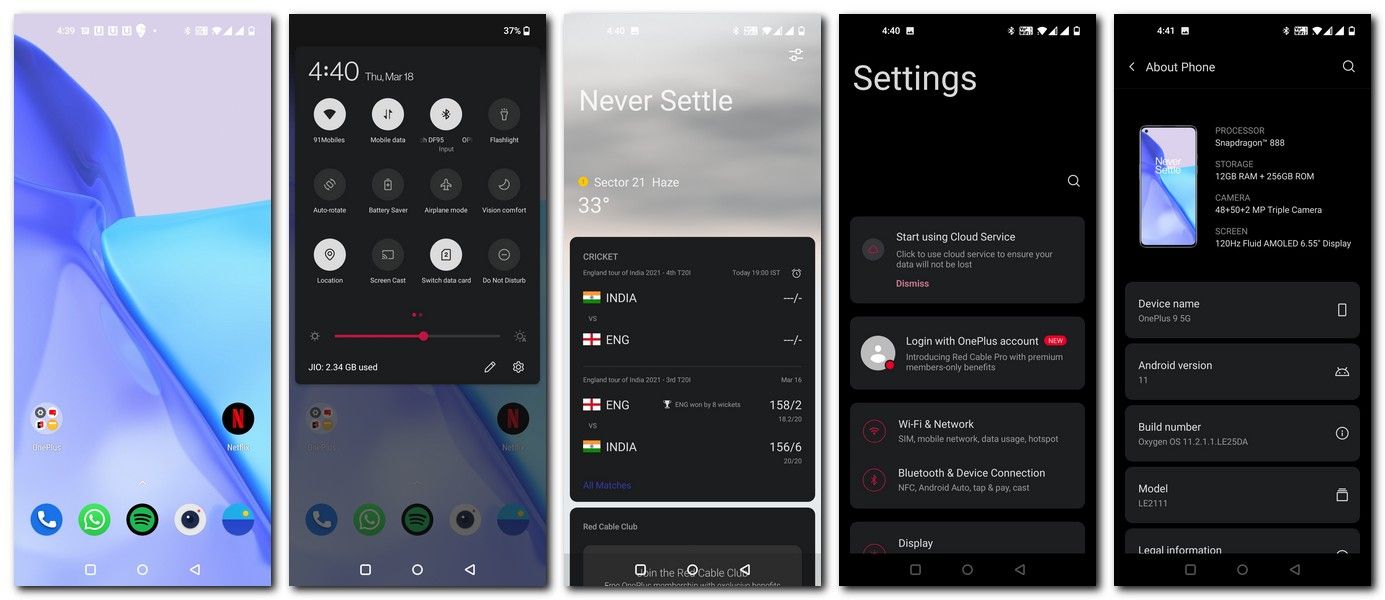
The Work-Life Balance setting in utilities is slightly buggy but the Quick Launch functionality lets you open a custom set of apps by just holding down on the fingerprint sensor and swiping to the side after the phone has been unlocked. There are quite a few nifty features tucked here and there inside the settings menu which can be explored to customise your usage. One thing that definitely does work in OnePlus’ favour is the quick rollout of OTAs that the company provides, sometimes faster than Google’s own Pixel phones. Rest assured, with the OnePlus 9 you are likely to get a minimum of three years of software updates and security patches.
Battery
You get a reasonably big 4,500mAh battery with the OnePlus 9 and what’s more, there’s a charger, a fast one at that, inside the box. In an era when two of the biggest smartphone makers have dropped the charging brick from their flagship phones, this feels like a relief. OnePlus has used a similar technology that is present on devices that support extreme fast charging which is putting two smaller batteries in a parallel connection to charge them at the same time. The battery will keep the OnePlus 9 afloat till the end of the day but not more than that. I got about 7 hours of screen-on time from the phone and this was when I was putting it through the metaphorical grinder with extensive heavy GPU-usage and whatnot.
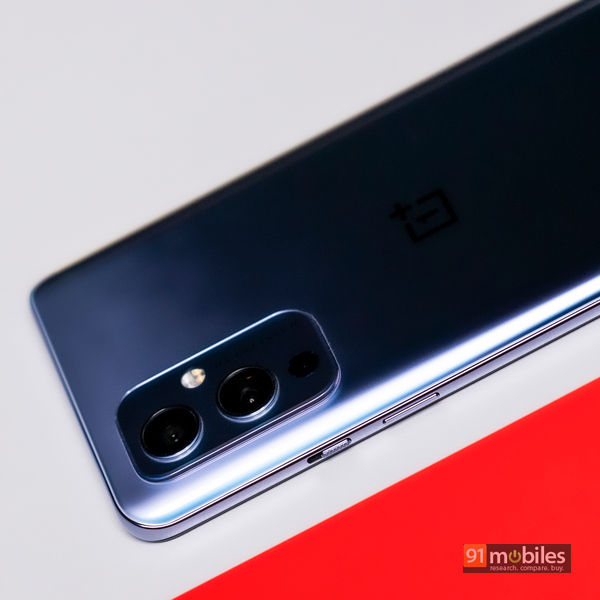
There are custom battery optimisations available for each app and the dedicated power saver can kick in for some additional juice. The 65W Warp Charge 65T is capable of powering the phone from 0-100 percent in a little under 35 minutes, effectively removing my habit of keeping the phone on charge overnight. Even if you do that, the device will monitor your sleeping habits to slowly trickle in battery charge throughout the night, such that the battery integrity is maintained for a longer time. I do think it is unacceptable to price a phone this much and not provide any kind of wireless charging support, especially when the European and North American versions of the same device offer this feature.
Final Verdict
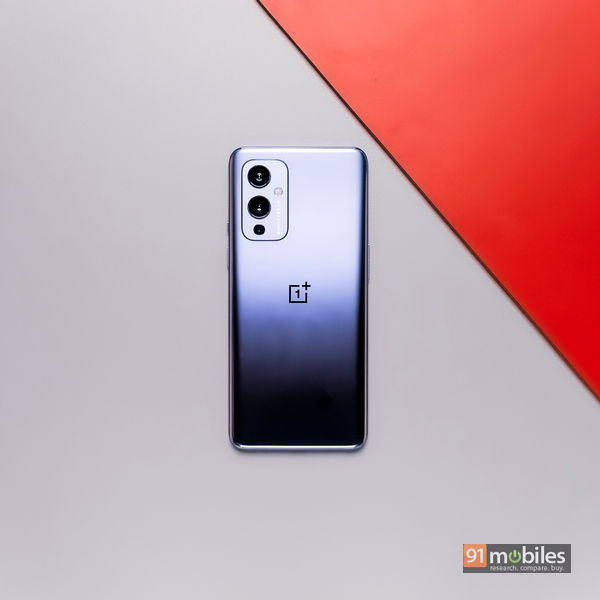
The OnePlus 9 is a confusing phone, not in a way of underperforming or poor design, but more of how it is priced vis-a-vis the generation of OnePlus phones it is supposed to replace. In essence, the OnePlus 9 is the best performer in its segment but what else does the phone do particularly well, keeping its asking price in mind? Does it have great cameras? Arguably yes, since the new Sony sensors have been used but they are not a very significant leap over previous non-Pro OnePlus cameras. I can definitely see merit with the 50MP ultra-wide sensor which is a huge improvement over the 8T’s 16MP sensor. Battery capacity remains the same and even the charging speeds are identical to last year’s OnePlus 8T. The design does look quite good but again not as much to warrant an upgrade over the previous iteration. The 120Hz AMOLED panel with the punch-hole cutout, 1100nits of brightness, and HDR10+ support is similar to the one used on the OnePlus 8T. As for OxygenOS 11, it is very much the same across all of OnePlus’ last year devices, including the significantly cheaper OnePlus Nord (review). There have been no remarkable improvements on the low-light photography front while not offering features like wireless charging or an official IP rating at this price seems like a miss.
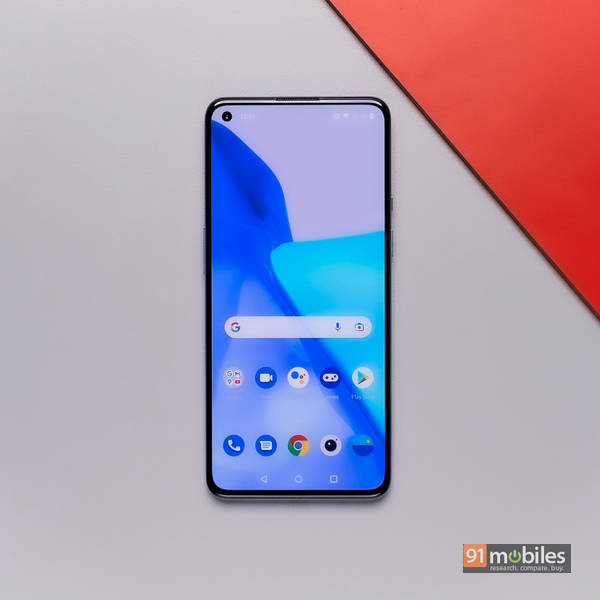
So if you are looking for top-notch performance and want the best of what the Android world has to offer, the OnePlus 9 is a very reasonable choice. But if you are spending so much, then you’d better be getting your money’s worth. The Samsung Galaxy S21, while slightly expensive, ticks everything you could want in a proper flagship. This includes better cameras, design, support for wireless charging along with similar battery life, display, and performance. Samsung has recently been very regular with its software updates too. Of course, you will not get a charger, and slightly less RAM and storage, but that falls down on personal preference. If you want to stay in the OnePlus garden, the OnePlus 9 Pro is priced quite close to the Galaxy S21 and does pack in a fast charger inside the box along with the usual flagship-grade specs. If your budget is hovering around the OnePlus 9’s asking price, then last year’s flagship OnePlus 8 Pro offers a lot of OnePlus 9’s features. In addition to that, you also get an IP68 rating, wireless charging, better night photography, higher resolution display, adaptive 120Hz, and an extra telephoto lens for 3X hybrid zoom at a price of Rs 54,999. What do you lose out on? The slightly better performance of the Snapdragon 888 and faster wired charging. So does the OnePlus 9 make sense? Maybe if it was priced better.
Editor’s rating: 3.5 / 5
Pros:
- Best-in-class performance
- Great daylight photography
- Fast 65W charging
- Smooth 120Hz screen
Cons:
- Nighttime shots need improvement
- No wireless charging or IP rating
- Priced on the higher side









































